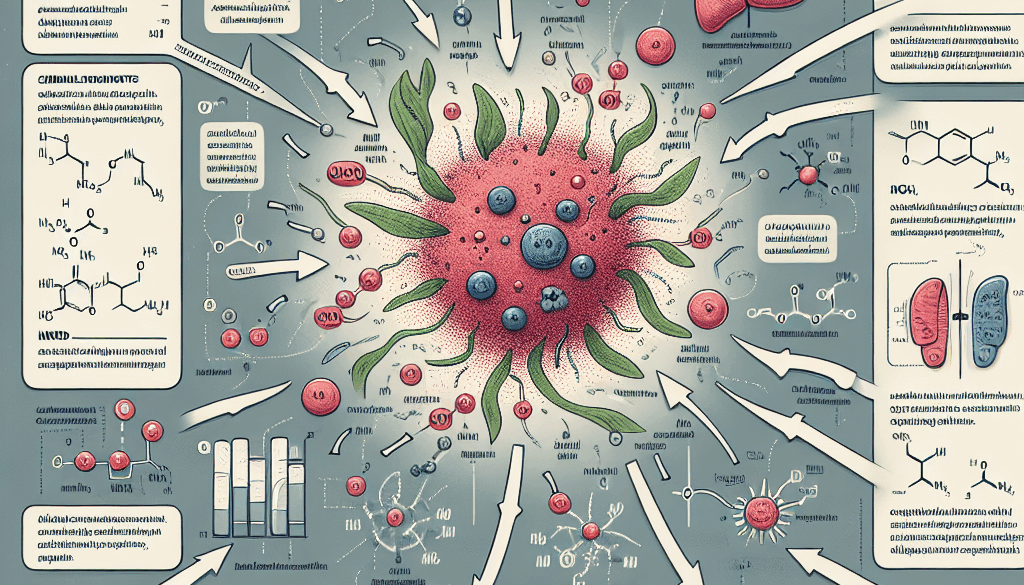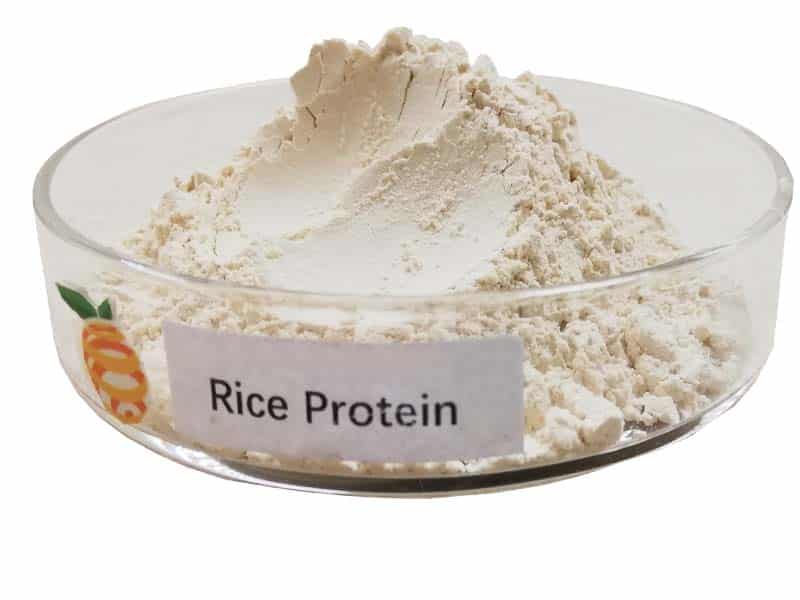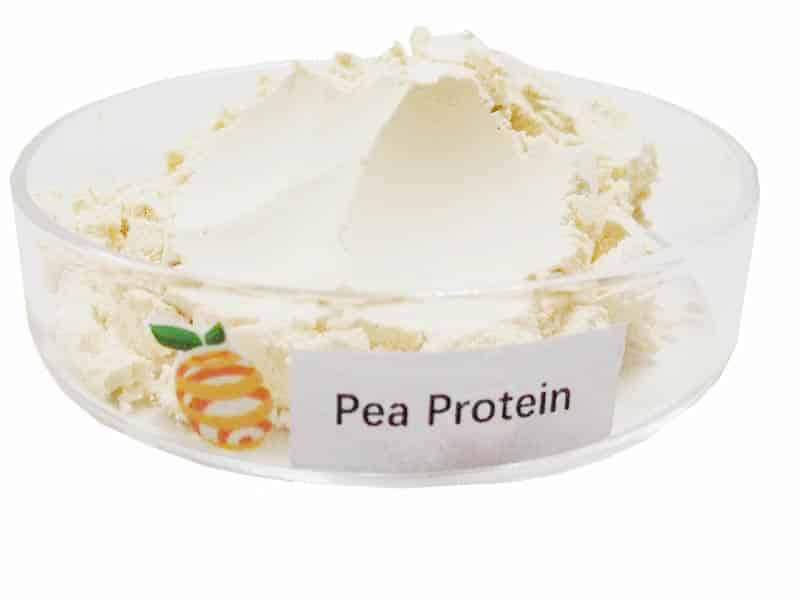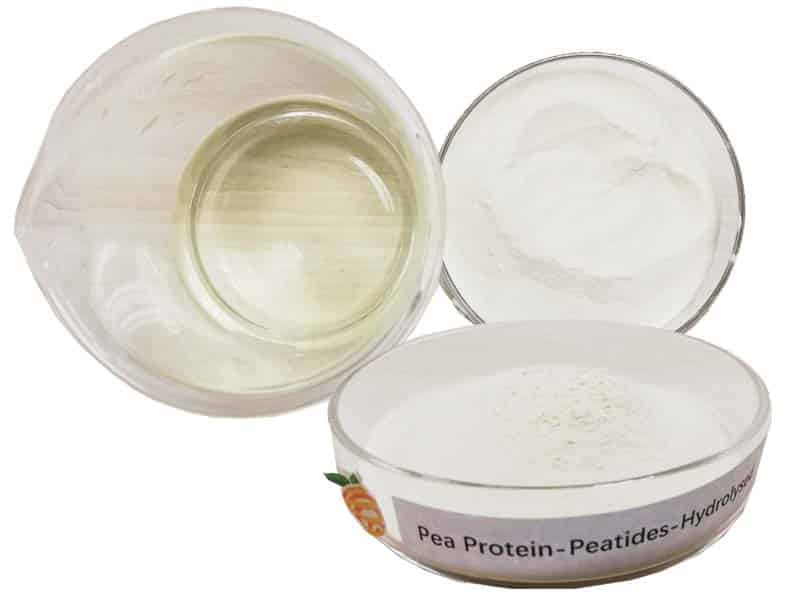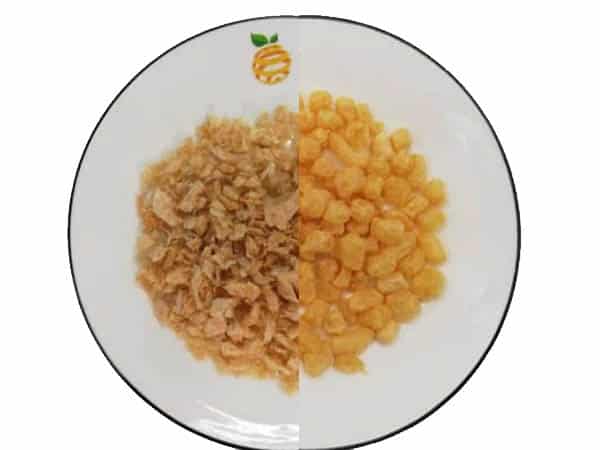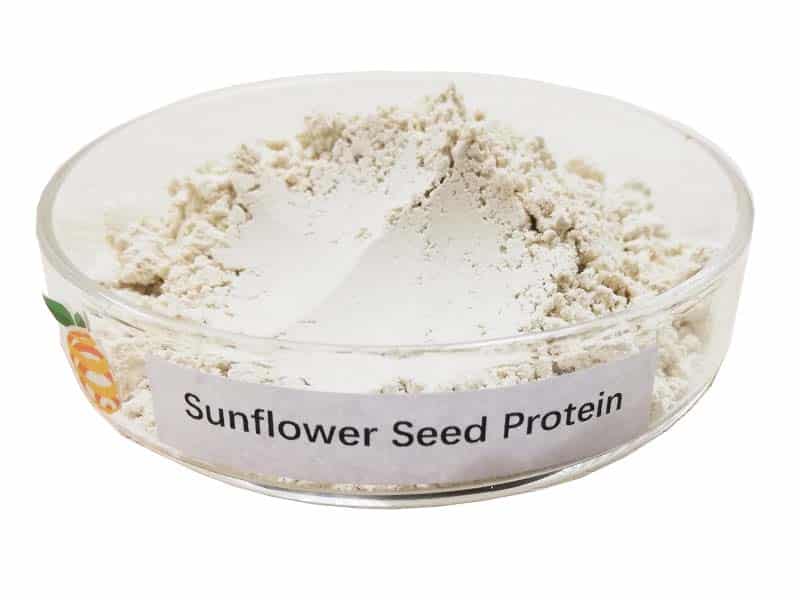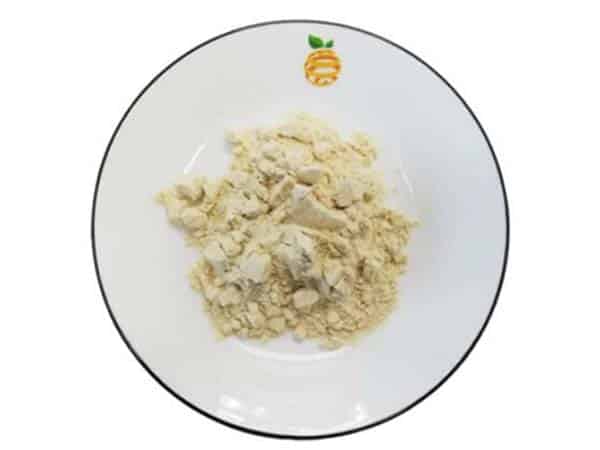NADH Redox Potential: What You Need to Know
-
Table of Contents
- NADH Redox Potential: Essential Insights and Practical Applications
- Understanding NADH and Its Role in Cellular Processes
- What is Redox Potential?
- The Significance of NADH Redox Potential in Biochemistry
- Factors Influencing NADH Redox Potential
- Applications of NADH Redox Potential in Medical Science
- Technological Advances in Measuring NADH Redox Potential
- Conclusion: Key Takeaways on NADH Redox Potential
- Explore ETprotein’s High-Quality Protein Products
NADH Redox Potential: Essential Insights and Practical Applications
Understanding NADH and Its Role in Cellular Processes
Nicotinamide adenine dinucleotide (NADH) plays a pivotal role in the metabolic processes that are crucial for life. As a key electron carrier in the redox reactions, NADH is involved in many biochemical pathways, primarily in energy production through cellular respiration. Understanding its redox potential is essential for comprehending how energy transfer within cells is regulated and optimized.
What is Redox Potential?
The redox potential, also known as reduction potential, is a measure of the tendency of a chemical species to acquire electrons and thereby be reduced. Each redox reaction involves a reductant (electron donor) and an oxidant (electron acceptor). NADH functions as a reductant in many of these reactions, and its redox potential is a critical factor in its effectiveness as an electron donor.
The Significance of NADH Redox Potential in Biochemistry
The redox potential of NADH is a fundamental aspect that influences its role in cellular energy production. The standard redox potential for the NAD+/NADH couple is approximately -320 mV, which makes it one of the most powerful reducing agents in the cellular milieu. This property is crucial for its function in oxidative phosphorylation, where it donates electrons to the electron transport chain, a series of reactions that ultimately leads to the synthesis of ATP, the cell’s primary energy currency.
Factors Influencing NADH Redox Potential
- Environmental Conditions: pH, temperature, and ionic strength can alter the redox potential of NADH.
- Chemical Interactions: Interaction with other biomolecules can also affect the redox potential.
- Cellular Location: The redox potential can vary slightly depending on whether NADH is in the mitochondria or the cytosol.
Applications of NADH Redox Potential in Medical Science
Understanding the redox potential of NADH not only provides insights into cellular metabolism but also has practical implications in medicine. For instance, alterations in NADH levels have been linked to various diseases, including cancer, neurodegenerative disorders, and mitochondrial diseases. By manipulating the redox state, researchers can potentially develop therapeutic strategies to mitigate these conditions.
Technological Advances in Measuring NADH Redox Potential
Recent technological advancements have improved the accuracy and ease of measuring NADH redox potential. Techniques such as spectroscopy, electrochemical methods, and fluorescence imaging provide detailed insights into the redox state of NADH in real-time, offering valuable data for both research and clinical applications.
Conclusion: Key Takeaways on NADH Redox Potential
The redox potential of NADH is a critical parameter in biochemistry that affects cellular energy production and overall metabolic function. Its understanding helps in elucidating the fundamental mechanisms of cell biology and offers potential avenues for therapeutic intervention in various diseases. Advances in technology continue to enhance our ability to measure and manipulate this important biochemical parameter.
Explore ETprotein’s High-Quality Protein Products
For those interested in nutritional science and cellular biology, ETprotein offers a range of superior protein products that support health and wellness. Their extensive lineup includes:
- Organic rice protein
- Clear rice protein
- Pea protein and clear pea protein
- Various seed proteins such as watermelon, pumpkin, and sunflower
- Legume proteins from mung bean and peanut
All ETprotein products are non-GMO, allergen-free, and designed to meet the needs of various industries, including nutraceuticals and food and beverage sectors. For more information or to sample their products, please contact sales(at)ETprotein.com.
ETprotein is NADH Factory Manufacturer and Supplier in China, Check further information by visiting the NADH Product Page
Request Quotation and Samples of NADH from ETprotein
About ETprotein
ETprotein, a reputable protein and elite nutrition ingredients NADH Chinese factory manufacturer and supplier, is renowned for producing, stocking, exporting, and delivering the highest quality organic bulk vegan proteins and elite nutritional ingredients NADH. They include Organic rice protein, clear rice protein, pea protein, clear pea protein, watermelon seed protein, pumpkin seed protein, sunflower seed protein, mung bean protein, peanut protein. Their offerings, characterized by a neutral taste, non-GMO, allergen-free attributes, cater to a diverse range of industries. They serve nutraceutical, pharmaceutical, cosmeceutical, veterinary, as well as food and beverage finished product distributors, traders, and manufacturers across Europe, USA, Canada, Australia, Thailand, Japan, Korea, Brazil, and Chile, among others.
ETprotein specialization includes exporting and delivering tailor-made protein powder and finished nutritional supplements. Their extensive product range covers sectors like Food and Beverage, Sports Nutrition, Weight Management, Dietary Supplements, Health and Wellness Products, and Infant Formula, ensuring comprehensive solutions to meet all your protein needs.
As a trusted company by leading global food and beverage brands and Fortune 500 companies, ETprotein reinforces China’s reputation in the global arena. For more information or to sample their products, please contact them and email sales(at)ETprotein.com today.

